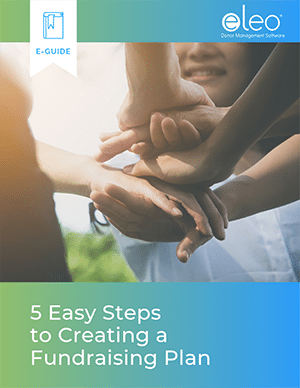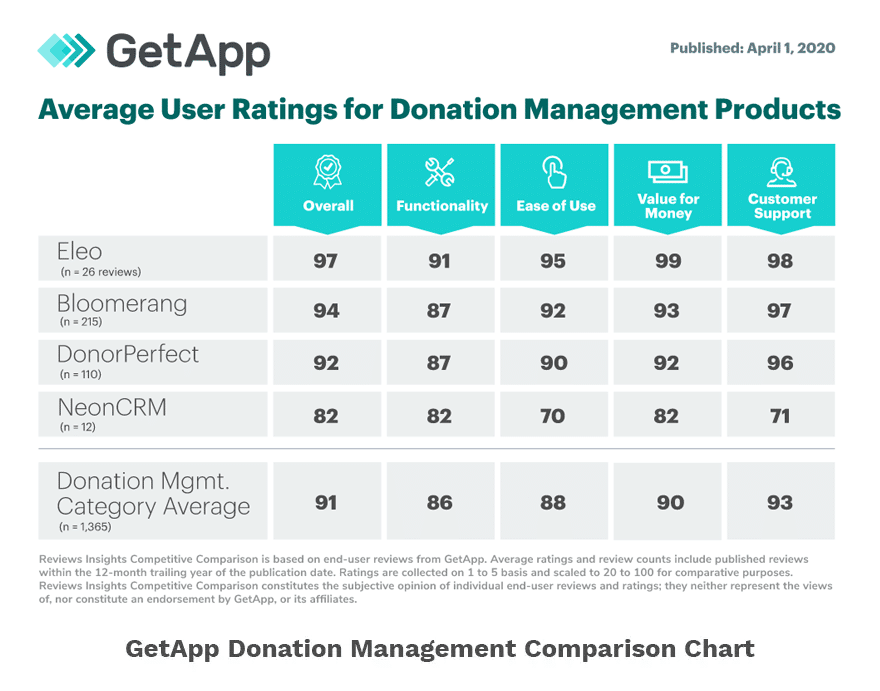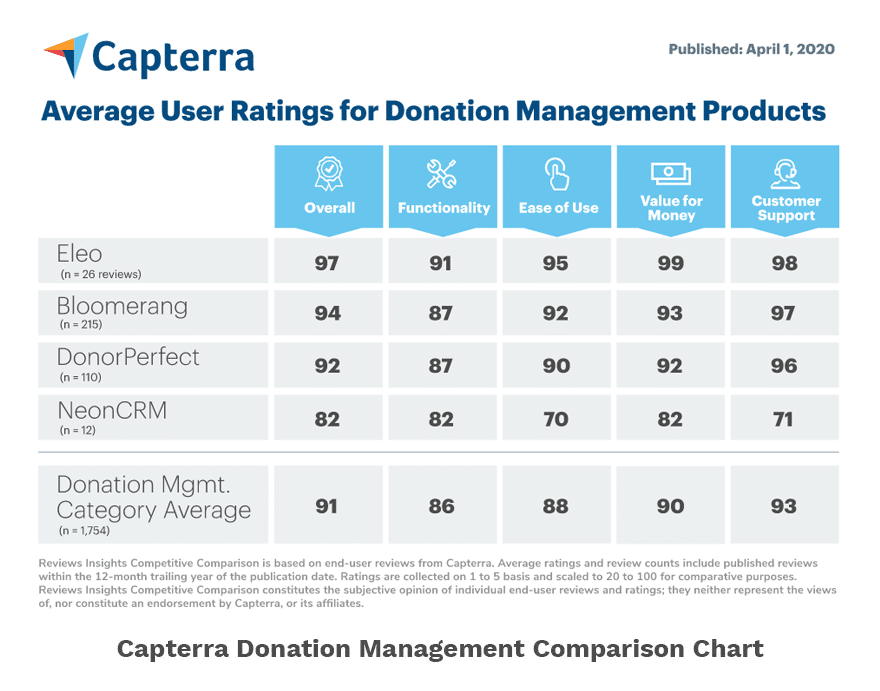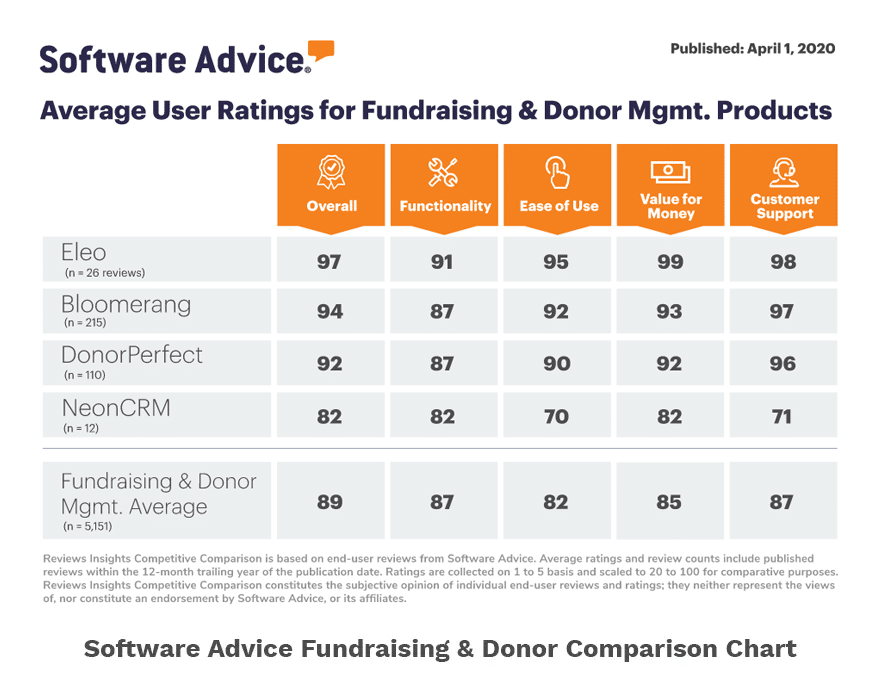
According to research from McKinsey, 71 percent of consumers expect companies to deliver personalized interactions, and 76 percent get frustrated when companies don’t. Not surprisingly, companies that personalize communications generate more revenue and achieve better results.
In the world of small nonprofits, the success rates with personalization are no different. Personalized donor communications lead to more donor engagement, closer donor relationships, and higher donor retention rates. In other words, when you can show donors and prospects that you know them, they’re be more likely to give.
This is why list segmentation in your nonprofit donor database is so important. It allows you to get personal and deliver the right message, to the right people, at the right time!
What Is List Segmentation?
List segmentation is the process of separating your contacts into smaller, more targeted buckets, based on the criteria of your choosing. List segmentation allows you to personalize communications to specific groups of supporters.
For example, you may break out contacts into donors, volunteers, vendors, sponsors, board members, etc. You could also benefit from segmenting donors based on how and when they give. Groupings such as major donors, monthly donors, end-of-year donors, event donors, and lapsed donors are all great examples of purposeful list segmentation. Engagement history and communication preferences (phone, email, social media, in person, etc.) are also good places to explore when taking part in list segmentation.
Once your lists or groupings are created, you are then able to send targeted messages to your donors and prospects. For example, let’s say you’re emailing donors who have previously attended your annual walk. The messaging of their communications will look different than for someone who has never attended your annual walk. Contacts who have attended would receive messaging like, “We look forward to walking with you again! Your previous participation provided x, y, and z for members of our community.” Whereas emails to entirely new prospects would sound more like, “Join us for your first walk! Take a look below to see how your participation would help our community.”
Other arenas to personalize based on list segmentation are – photos, imagery, calls-to-action, and donation levels.
When Is List Segmentation Most Important for Small Nonprofits?
There’s never really a bad time to use list segmentation. Perhaps the distribution of a general newsletter that’s being sent to all contacts doesn’t need to be segmented. However, there are times when list segmentation can benefit your small nonprofit the most!
- Events – Communications should be personalized based on giving history, previous attendance, and involvement.
- Prospecting – Communications should be personalized based on giving capacity and involvement with other nonprofits. Curious about how to find donor prospects? See Eleo’s previous blog on finding new donors. Also, Eleo’s integration with DonorSearch allows you to find prospects who are most likely to give to your nonprofit.
- Thank Yous – Communications should be personalized based on the size of the gift, giving history, major vs. recurring monthly gifts, etc.
- End-of-Year Giving – Communications should shift to focus on larger fundraising goals rather than program-specific campaigns.
List segmentation provides many opportunities to not only boost fundraising, but to also build stronger relationships with donors. The more personal the communication, the more special you make the donor feel, the closer connection with your small nonprofit, and the more likely they are to give.
Let’s Do This Together!
Need help with list segmentation? Eleo is here for you. Your database can segment donors on a wide range of characteristics and factors. And, all trainings are 100% included with your subscription. Contact Eleo today to schedule a demo.







